Be aware that an eyewitness may use one or more of a number of words for the flying creature that was observed:
- Dragon
- Flying dinosaur
- Pterodactyl
- Dinosaur bird
- Featherless flying creature
The point is that these are featherless flying creatures and are generally larger than most birds, many of them also having long tails.
This is just a small sampling of pterosaur sightings that were reported to me in 2016.
Pterosaur Sighting in Missouri in 1985
I’ve never told anyone of this except three family members . . .
[In] St. Louis Mo. . . . I was ten years old at a family BBQ with my dad…it was before dusk and still enough light in the sky that it was still blue . . . we heard this horrific screech from right above the trees in the surrounding yard. I looked up and saw something AMAZING ! It was a real live Pterosaur!
Huge …. The size of a small airplane! Wings like a bat but never flapped, just glided in circles. The head had a long crest . . . Long beak with razor like white teeth, greenish yellow eyes, long tail with a tuff like shape at the end but NOT FUR OR FEATHERS. leather type skin. It was I guess 50 ft above our back yard party . . .
Mass panic broke out as adults dropped their beers and burgers and grabbed their kids and ran inside. I was NEVER once afraid although my dad . . . lost all composure and swooped me up and ran inside the house . . .
“Pterodactyl” on the Big Island of Hawaii on Aug. 20 2016
My military boyfriend and I were taking a regular swim in the warm ponds on Big Island. I looked in the sky and noticed a giant flying bat-like creature. I pointed it out and said it was a pterodactyl and he doubted me and thought I was kidding. He didn’t even want to look up. It was flying around for around 30 seconds and he finally looked up and his jaw dropped. . . .
We watched it for around 2 more minutes gliding around without moving it’s wings much . . . It had very unusual triangular shaped flesh leading up to it’s feet and a huge wingspan and was brown colored. . . . The time was around 5:20 pm Aug. 20, 2016.
Dragon-Like Creature Sighted in Iowa
. . . I saw a creature here in Iowa that looked a lot like your dinosaur.
. . . I am a Minister here in Iowa and I have for years been worked in homeless shelters and worked with people in addictions. In the early summer of 2014, I was working at a mission type program [called] Teen Challenge in Colfax Iowa.
. . . [In the afternoon] as I was driving him home I looked out my
drivers side window. And out over a corn field 1/4th mile out . . . I saw a large bat/bird like thing trying to fly. . . .It would flap its wings, gaining some air and then try and glide. It was a very windy day and this creature kept gaining a little height and . . . was then pushed down [to] the ground by the wind. It was too heavy to fly. . . . I caught a glimpse of its body. It had a long lizard/snake like body with a long tail.
. . . I would guess it was 6 ft to 8 ft long with a 12 [foot] wing span. It’s face looked a lot like a Komodo dragon’s face. It was gray/black . . . I don’t drink, I have never done drugs, [in] perfect health. I was shocked. . . .
[More recently] I have been working with a new client also from Colfax. He shared that he was from [that] town . . . . in the spring of 2014, at around dusk he had been driving friends into Colfax when . . . his daughter and one of his friends had started yelling at him to turn around. They had spotted a winged dinosaur that was trying to fly. He did not believe and kept driving. Every time he drove by that spot his daughter would bring it up. This was within a half mile of where I saw the creature.
.
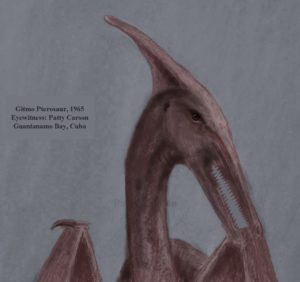 This sketch was drawn by the eyewitness (Gitmo, Cuba, ca. 1965)
This sketch was drawn by the eyewitness (Gitmo, Cuba, ca. 1965)
###
.
Pterosaur Sighting Reports in the USA
Keep in mind that these reports were received in 2016, meaning not all of them were of encounters with “pterodactyls” in this year. It’s always been common for some eyewitnesses to report sightings that they had in previous years, some encounters even being many years previous to the time of reporting to me.
Sightings of Pterosaurs in the United States
To illustrate how sightings of pterosaurs stretch across the United States, let’s look at excerpts from the cryptozoology book Live Pterosaurs in America . . .
Pterosaur sightings in Missouri and in North Carolina
The man and his grandmother saw the large apparently smooth-skinned creature, on July 15, 2004, flying about a hundred feet above an Arby’s restuarant in St. Louis . . .
. . . seen a Pterydactyl like creature on the Big Island. Twice actually in the last 2 months. My husband and son also saw one about two weeks ago. I have been doing all kinds of research to see who else has seen this because it seems quite crazy, but I am abosolutely positive in what I saw.
Book on Pterosaurs Sightings in Oklahoma, Missouri, etc.
This cryptozoology book also has sighting reports from Kansas, Wisconsin, Ohio, Texas, Maine, Indiana, Florida, Virginia, Georgia, Kentucky, California, Michigan, Arkansas, and other states of the USA.
New – Pterosaur Sightings in the United States
Details are now available on ninety important sighting reports: apparent pterosaurs in the lower-48 states of the USA, with data compiled at the end of 2012.
I noticed a post by a skeptic who wrote about the legend of the Van Meter creature of 1903, a reportedly winged monster that frightened citizens in a small town in Iowa.
.
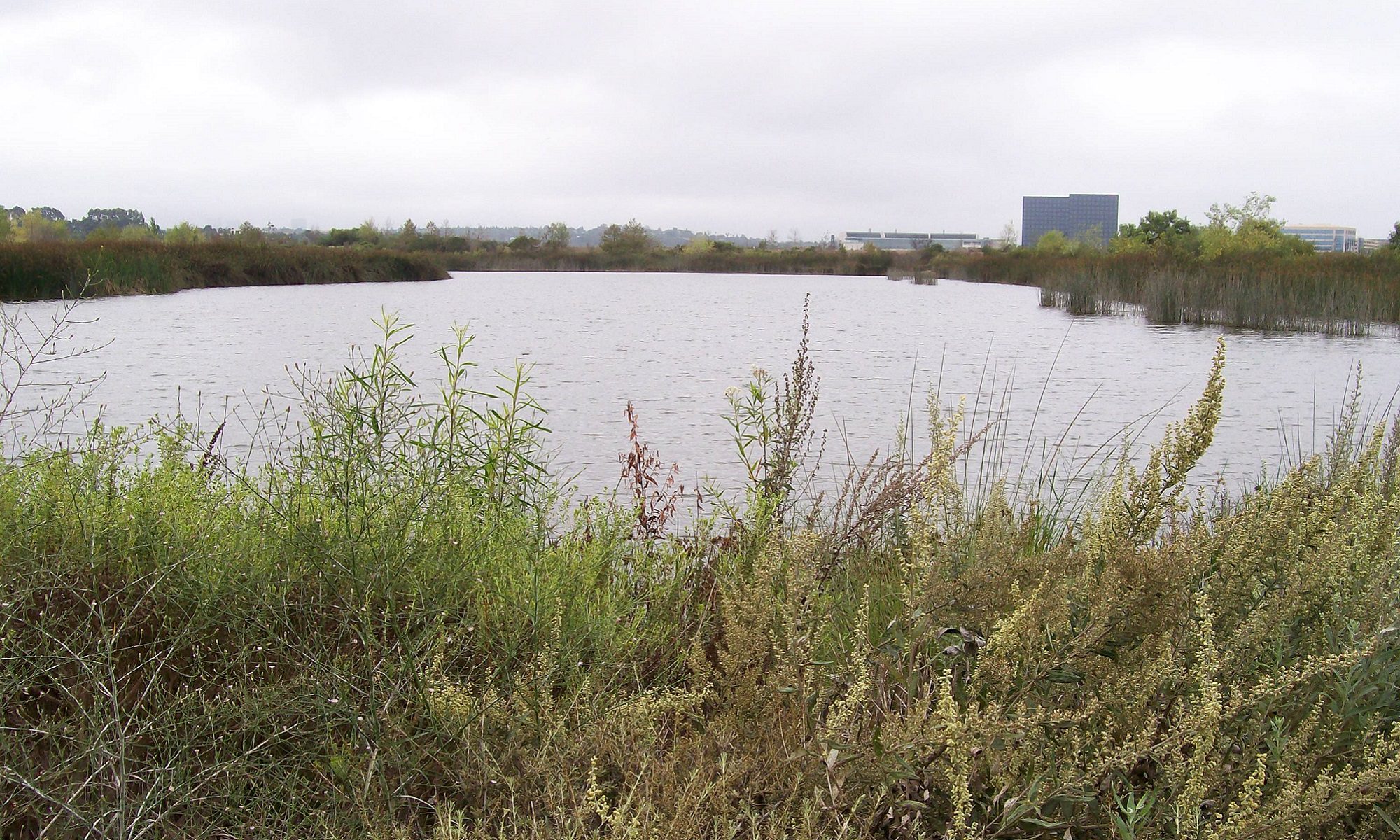


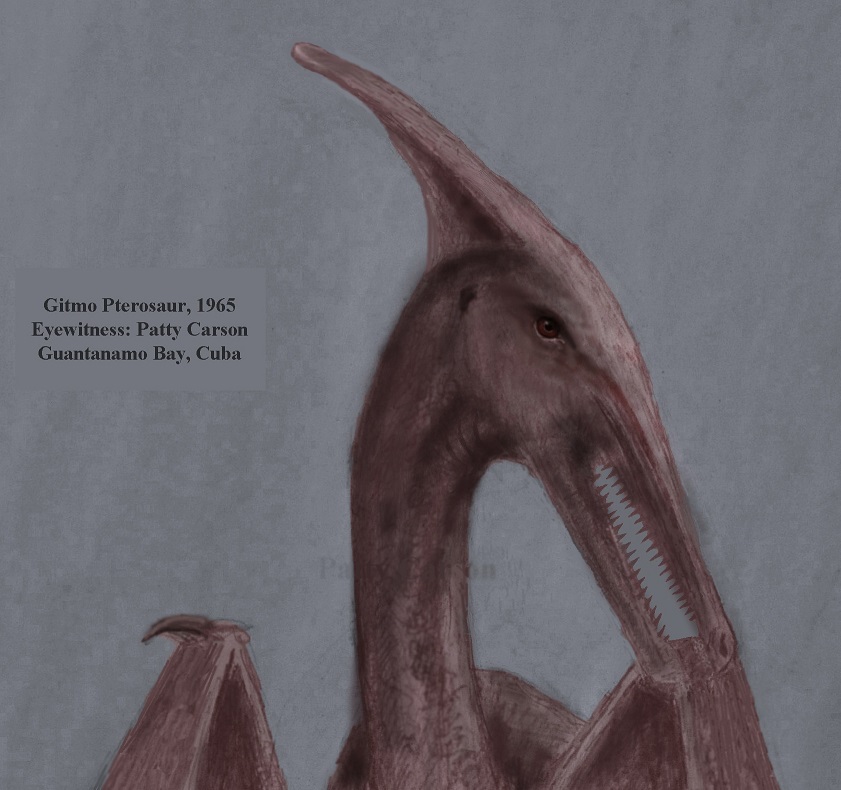
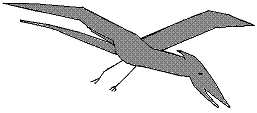
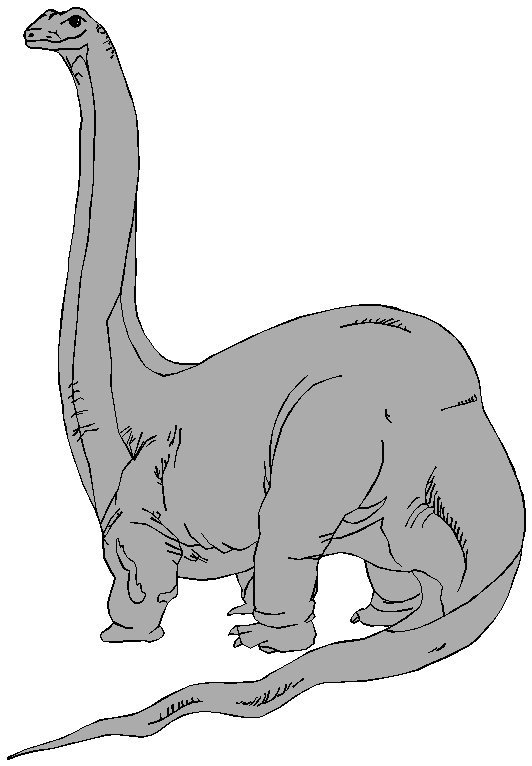

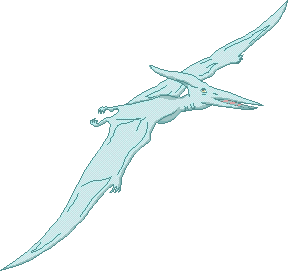
 This is much more like what both Americans and jungle natives actually see
This is much more like what both Americans and jungle natives actually see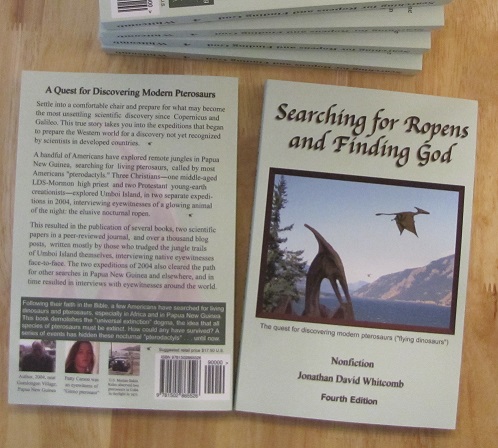
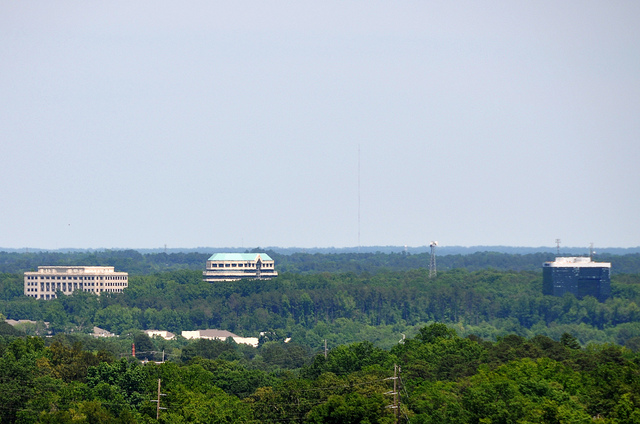
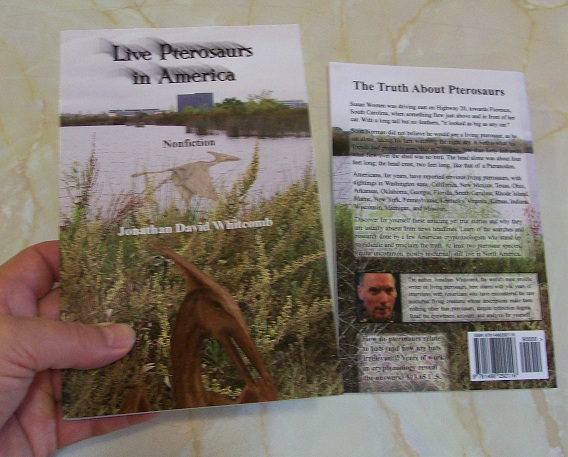 An Amazon review of the third edition of
An Amazon review of the third edition of